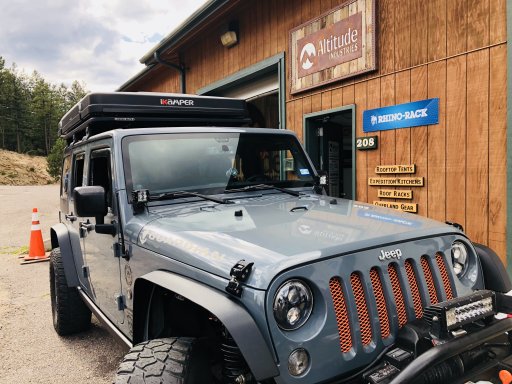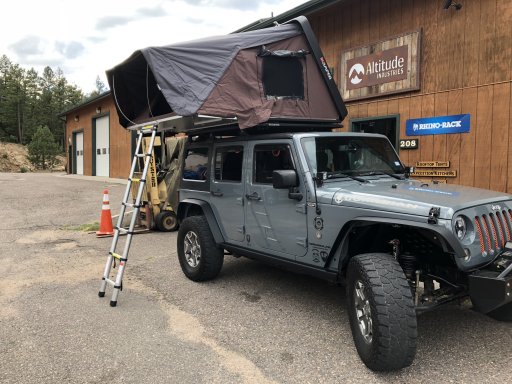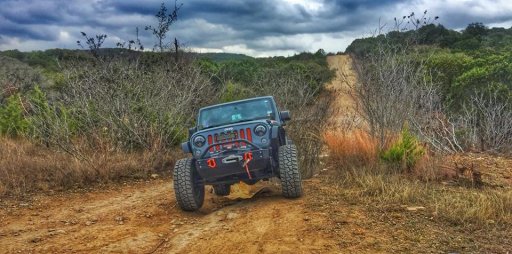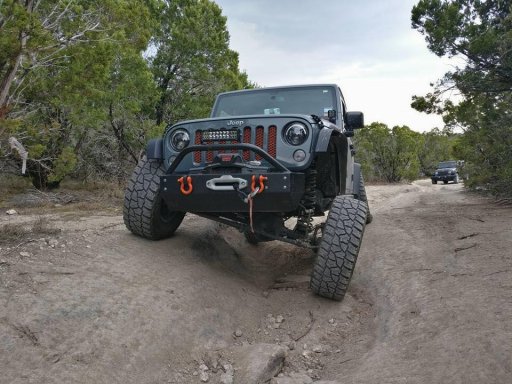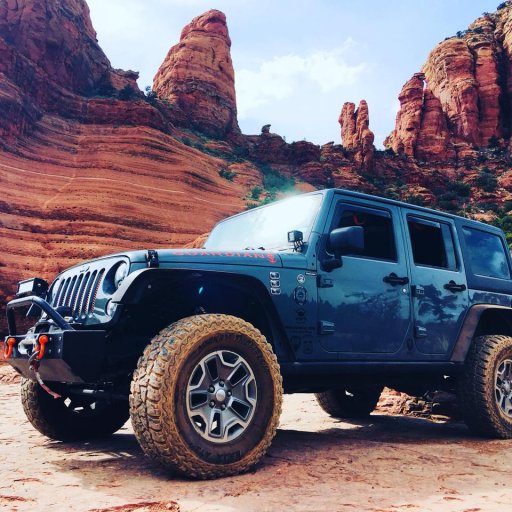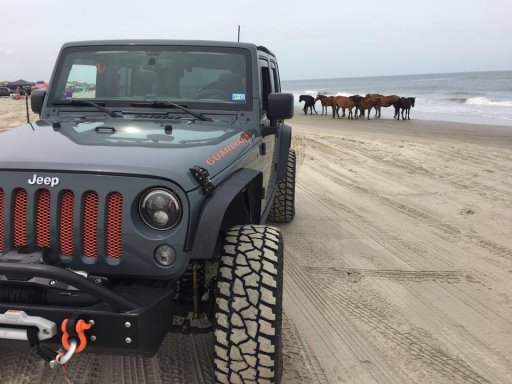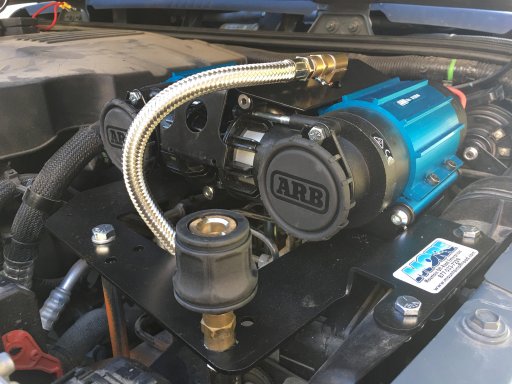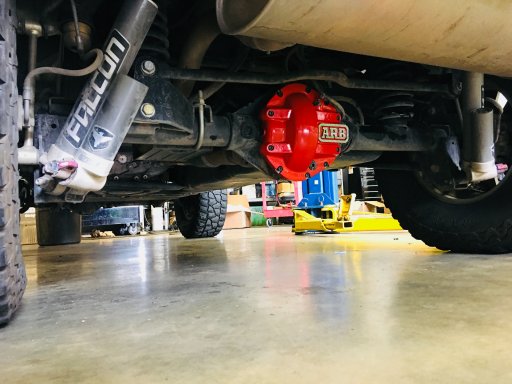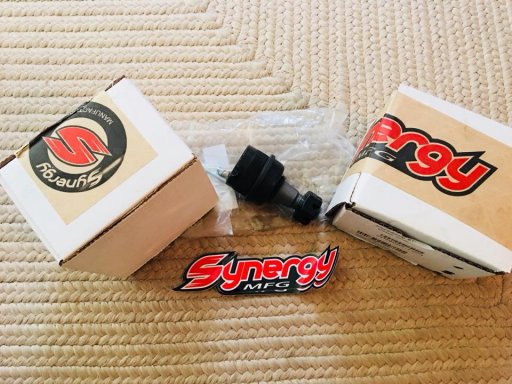
Explorer I
(Disclaimer: Format shamelessly stolen from @rubicongoldberg who has a pretty epic build. Would love to connect someday with you Rube.)
We're new to overlanding but not to Jeeping. Been traveling full-time around the nation currently on our 5th year of fulltime travel. But we've been doing it with an RV and a Jeep. In 2019 we're leaving the RV and just taking the Jeep into Mexico.
Our Jeep is named GUARDIAN in honor of my 20 years of Active Duty service in the U.S. Coast Guard. My son followed in my footsteps, also bought an Anvil JKUR and joined the Coast Guard. The apple doesn't fall far from the tree and honestly I'm proud of that.
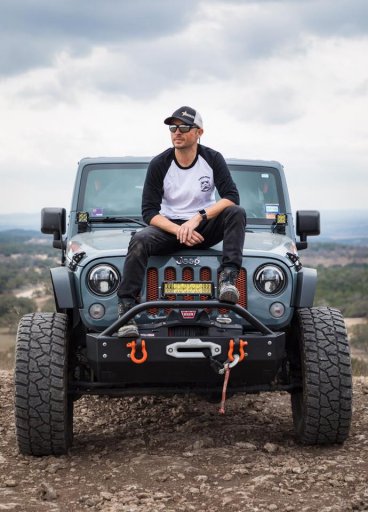
The Jeep has over $22,000 in upgrades and mods. And like all Jeepers we're still not done...
Suspension
We're new to overlanding but not to Jeeping. Been traveling full-time around the nation currently on our 5th year of fulltime travel. But we've been doing it with an RV and a Jeep. In 2019 we're leaving the RV and just taking the Jeep into Mexico.
Our Jeep is named GUARDIAN in honor of my 20 years of Active Duty service in the U.S. Coast Guard. My son followed in my footsteps, also bought an Anvil JKUR and joined the Coast Guard. The apple doesn't fall far from the tree and honestly I'm proud of that.

The Jeep has over $22,000 in upgrades and mods. And like all Jeepers we're still not done...
Vitals
- 2014 Jeep Wrangler Unlimited Rubicon (color Anvil with International Orange accents)
- Automatic
- Dana 44 w/4.10 gearing
- Hard Top
Current Mods
Suspension
- RockKrawler 2.5" lift (Stock Mod Stage 1 JK25sM-4s1)
- TeraFlex Falcon 3.3 adjustable shocks
- Custom built Heritage Driven Transmission skid plate
- Synergy ball joints
- JKS Manufacturing Adjustable Trackbar
- TeraFlex Suspensions HD draglink
- Front brake line extensions
- Rock Hard 4x4 grille length front bumper with lowered winch plate and bull bar
- Slayer Off-Road Patriot rear bumper with LED reverse lights
- Vacuum Pump relocation bracket to accommodate winch
- Burnt Customs custom made Coast Guard Chief's Anchor foot pegs
- TeraFlex JK Alpha HD Hinged Tire Carrier
- Rugged Ridge grille protective insert painted International Orange
- Rugged Ridge hood catch latches
- Rhino-Rack Pioneer Platform JA7697
- Hi-Lift Jack X-treme
- Dominion Off-Road Hi-Lift Stealth Jack Mount
- Hi-Lift Jack Base
- Rugged Ridge Locking Gas Cap
- Stock Rubicon Trim Rock Sliders
- Weathertech window rain guards front and rear
- ACE Falcon Aluminum Powder Coated inner front fender liners
- ARB Dana 44 Diff covers front and rear (Red)
- Rubicon E-Lockers front and rear
- JW Speaker 8700 Evolution J LED Headlights
- Rigid Industries 10" E-series Pro Combo light bar
- Rigid Industries Hyperspot D-Series Pro x2
- Custom Switzer LED Pulsating 3rd brake light
- Slayer Off-Road Dual LED reverse lights inset in rear bumper
- Cobra 75WX ST CB radio
- Firestik 4' antenna
- Firestik SS-3H spring for antenna
- Firestik K-1a antenna quick disconnect
- Bestop underseat lock box
- Soft roll bar mounted fire extinguisher holder
- Bartact Orange front grab handles
- Bartact Orange rear grab handles
- Rugged Ridge A-Pillar switch panel drivers side
- VDP-31600 rear cup holder and storage
- Quadratec Triple Tire Tread floor mats
- Logitech Universal Magnetic Phone Mount
- H3R Performance 1lb dry chemical extinguisher
- Adventure Medical Kits First Aid Kit
- Warn Zeon 10-S winch (synthetic line, that's what the S stands for)
- TeraFlex Recovery Kit
- Warn Snatch Block
- 8 TeraFlex D-Rings (Shackles)
- Standard tools
- A few oh crap tools (y'all know what I mean)
- ARB Tire Inflation Kit
- ARB Digital Gauge Tire Inflator
- ARB EZ-Deflator
- ARB Tire Puncture Kit
- Optima Yellotop AGM Battery
- ARB Dual air compressor
- MORE mount for air compressor
- Superchips FlashPaq programmer
- Mickey Thompson ATZ P3 35 series tires
- Stock Rubicon 17" wheels
- Synergy Wheel Spacers
- IKamper Sky Camp RTT Rocky Black Edition
- IKamper vinyl canopy addition
- ARB 50 QT Fridge/Freezer
- ARB 50 QT Fridge/Freezer thermal cover
- Overland Bound Badge x2 #OB14045
- Rhino-Rack Batwing Awning
- Genesis Base Camp camping stove by JetBoil
General Thoughts
- I don't believe in going cheap. I believe in buying a solid product and buying it only once if possible.
- Guardian is a very capable off-road rig but he's not a beast by any means. I've tackled some of the toughest off-road trails in the nation, but there are a few that I haven't dared... yet...
- I do a lot of research but like everyone I make mistakes. Don't judge me haha.
- If you have questions about any of the equipment that I have let me know.
- If you have any suggestions I'd love to hear them.
Last edited:

